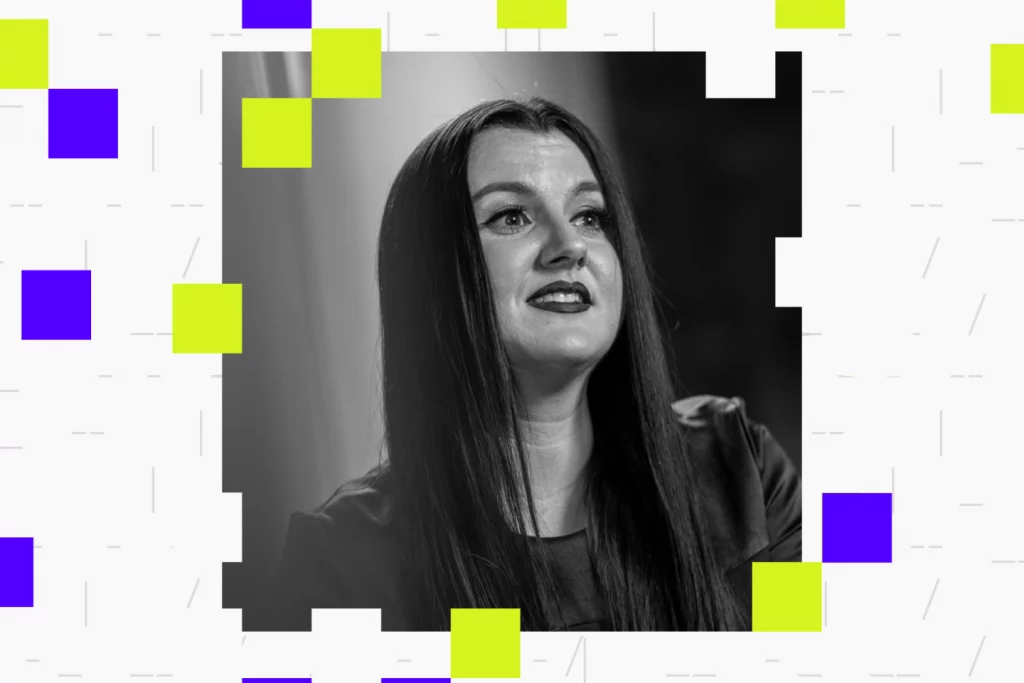
There is a great article over at The Verge about how Fidji Simo is wrapping up her first week at OpenAI, where she now oversees most of the companies 3,000 employees.
It feels like there is a power shift happening inside OpenAI.
Tech, Business, Finance and Everything Else

There is a great article over at The Verge about how Fidji Simo is wrapping up her first week at OpenAI, where she now oversees most of the companies 3,000 employees.
It feels like there is a power shift happening inside OpenAI.
Bret Taylor is an American computer programmer and entrepreneur. He is the co-founder of FriendFeed and Quip, and served as the CEO of Google Maps, Facebook, and Salesforce. He currently serves as a board member of Shopify.
Here’s a timeline of his major achievements:
Taylor is a well-respected figure in the tech industry. He is known for his intelligence, his vision, and his commitment to creating a better world through technology. He is also a prolific author and speaker, and he has written widely on the topics of technology, business, and leadership.
Adam D’Angelo is the current CEO of Quora. He co-founded the question-and-answer website in 2009 with former Facebook employee Charlie Cheever. D’Angelo served as Quora’s first CEO until 2014, when he stepped down to become the company’s CTO. He returned to the CEO role in 2016.
D’Angelo is a graduate of Phillips Exeter Academy and the California Institute of Technology, where he earned a Bachelor of Science degree in computer science. Prior to co-founding Quora, D’Angelo worked as a software engineer at Facebook from 2004 to 2008.
Under D’Angelo’s leadership, Quora has grown to become one of the world’s most popular question-and-answer websites, with over 300 million monthly visitors. The site has been praised for its high-quality content and its community of experts, who provide answers to a wide range of questions.
D’Angelo is a member of the board of directors of OpenAI, a non-profit research company that promotes friendly artificial intelligence. He is also a co-founder of Edge.org, a website that publishes essays and interviews on a variety of topics.
Generative Artificial Intelligence (AI) is a field of machine learning that involves creating machines and algorithms that can produce new and original content. From art and music to literature and video games, generative AI is changing the way we think about creativity. Here are the top 10 generative AI projects that are pushing the boundaries of what’s possible:
As generative AI continues to advance, we can expect to see even more exciting projects and applications in the coming years. From art and music to medicine and architecture, the possibilities are endless.
The world of AI generated images and copyright ownership over the images created – is a very interesting world indeed.
OpenAI Dall-E 2 images as the example:
“To use DALL-E 2, you have to agree to OpenAI’s Terms of Use. According to these terms, OpenAI actually owns the images you create (which the Terms of Use call “generations”). OpenAI graciously grants you the right to sell your DALL-E 2 images (assuming you can somehow persuade someone to pay you for an image they can copy for free).
If that feels like the maker of the paintbrush telling Monet what he gets to do with his painting, that’s understandable.
To add insult to injury, OpenAI’s terms go further. Just to make it perfectly clear, you expressly assign any rights you might have in your image (whatever those might be) to OpenAI by contract. As the owner of the image, OpenAI can grant other people the right to reproduce, publish, or sell images that you create with DALL-E 2. You could find yourself in the position of walking into a store and seeing it selling your DALL-E 2 masterpiece on cheap T-shirts, and there would be nothing you could do to stop it.”